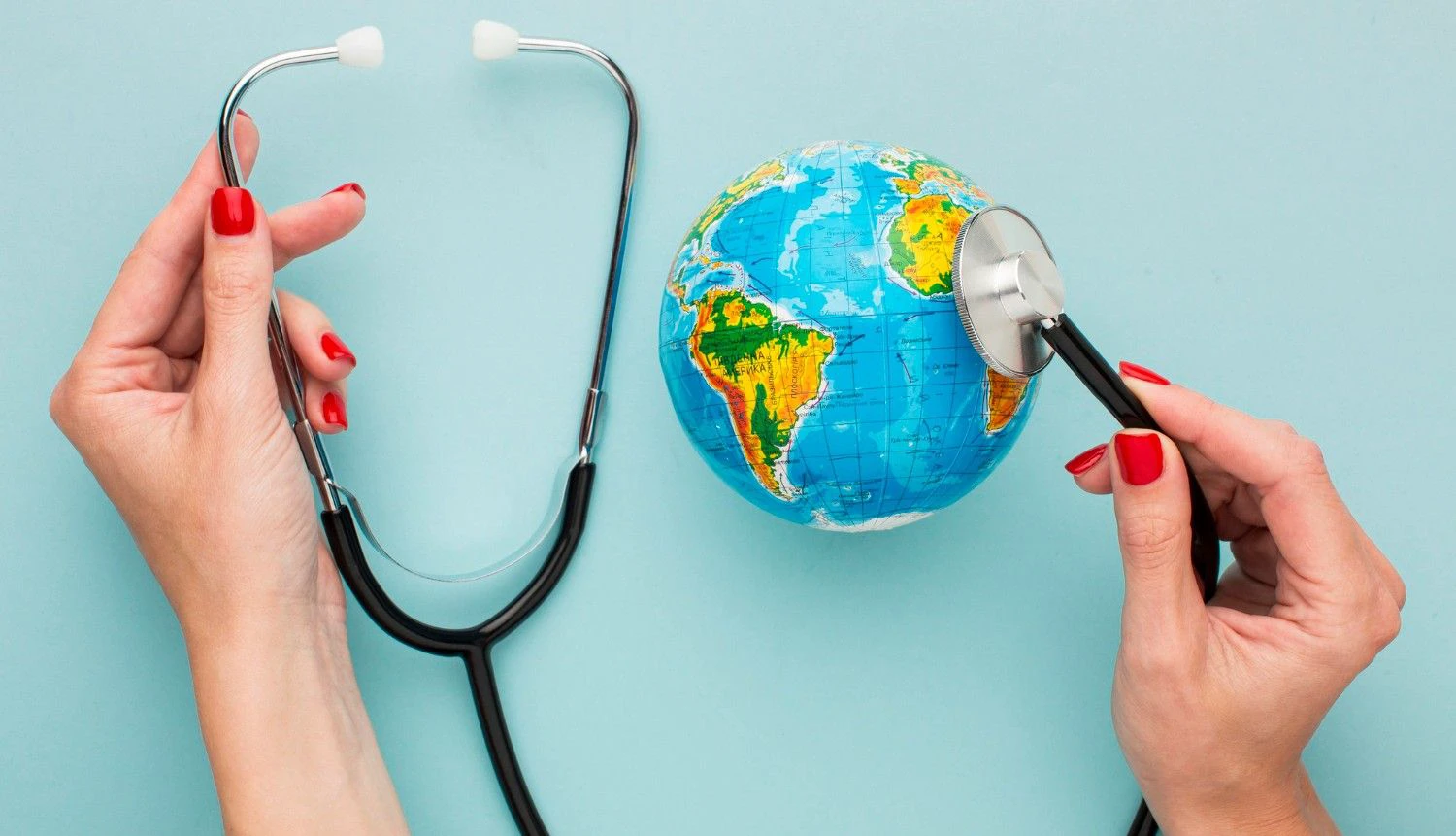The healthcare ecosystem in India is growing exponentially. It contributed more than 50% of the $216 billion healthcare ecosystem in FY23, with an expected CAGR of 18%, according to Praxis Global Alliance.
This expansion is a result of multifaceted factors like increasing life expectancy, a rising burden of chronic diseases, India’s position as a cost-effective destination for advanced and critical medical treatments and supportive government policies.
When overseas patients cross borders for medical treatment, they expect trust, affordability, accessibility, state-of-the-art infrastructure, and a seamless experience. By offering all the aforementioned pillars, India has established itself as a global medical tourism leader. Besides Indian metros, India’s Tier II cities are also emerging as the new, preferred hubs for MVT.
Supported by favourable government initiatives like the National Health Mission (NHM) and significant investments in healthcare infrastructure, India’s Tier II cities have become integral to the medical value travel ecosystem. The government is actively leveraging PPPs and digitisation to better meet the growing demand for specialised care, beyond the metros.
These emerging hubs are expanding capacity while delivering excellence. Tier II cities are now home to internationally accredited hospitals, tele-health-enabled consultations, and technology-powered patient journeys. They are the future of global healthcare.
The connected patient journey
An overseas patient’s journey begins online, seeking treatment and trust, where India excels with language, transparency, and global accreditations. We as a country have an edge in MVT with the English-speaking medical fraternity, globally accredited hospitals, and transparent digital processes. For instance, cities like Delhi, Mumbai, Bengaluru, Chennai, and Hyderabad lead in Medical Value Travel, with most JCI-accredited facilities, according to the Ministry of Tourism, Govt. of India.
Teleconsultations and remote diagnostics
For most international patients, the first interaction with Indian healthcare happens virtually. Hospitals in cities like Hyderabad and Jaipur have institutionalised teleconsultations. Besides this, remote diagnostic tools like digital ECG devices, portable oximeters, BP monitors, etc., are becoming standard in pre-travel care. This allows clinicians to assess patients’ needs proactively and tailor treatment plans before arrival. This results in faster, safer, and more efficient in-country care, especially crucial in complex or time-sensitive cases.
Digitisation of care in hospitals
Once patients land in India, the digitally connected experience continues. Accredited hospitals across the country are now powered by Electronic Medical Records (EMRs), allowing instant access to clinical data across departments, streamlining diagnostics, imaging, prescriptions, and care planning. This interoperability reduces redundancies and accelerates time to treatment.
Patients benefit from digital concierge services like WhatsApp appointment reminders, multilingual chatbots, and app-based help with transport and hotels, crucial for first-time visitors.
India’s strong IT infrastructure also enables real-time billing, digital discharge summaries, and follow-up care via secure email or portals, ensuring continued support even after patients return home.
Government initiatives
In the past few years, India has emerged as one of the preferred destinations for medical value tourism, and the government has played a key role in the same.
By introducing initiatives like the e-Medical Visa, the “Heal in India” campaign, etc, the government has simplified access and promoted clinical excellence, offering a platform with cohesive details like specialities, hospital details, and pricing transparency. Besides this, the World Bank-backed Jobs Accelerator initiative in Tamil Nadu has helped in strengthening public-private partnerships. It supports hospital accreditation and connects healthcare providers to global insurance networks. This has helped attract a wider patient base.
These policies actively enable Tier II cities, be it with awareness or investment. Tier II cities with enhanced tech-enabled solutions, lower costs, a growing medical talent pool, and ever-improving infrastructure are becoming strategic hubs in India’s healthcare ecosystem.
Devices and tools enabling modern medical tourism
Hospitals across emerging and metro cities are increasingly deploying portable diagnostic kits, wearable monitors, and app-based rehabilitation tools, especially in high-demand areas like cardiac surgery, orthopaedics, and post-operative care. These tools allow for real-time tracking of vitals, mobility progress, and healing indicators, improving outcomes while empowering patients.
Cloud-based platforms now enable medical teams to access and interpret diagnostic data like blood work, imaging, and ECGs, across borders. Smart health kiosks and connected devices like pulse oximeters, glucose monitors, and digital stethoscopes are becoming more prevalent in hospital networks and affiliated outpatient clinics.
Together with EMRs and virtual consultations, these technologies are forming a hybrid care ecosystem, one that blends physical and digital services to deliver a seamless, longitudinal care experience
India’s model is scalable and exportable. And as these digital tools become more integrated into patient journeys, India continues to set benchmarks for cost-effective, tech-enabled global healthcare delivery in emerging cities as well.
India’s unique advantage in the global healthcare market
India’s Tier II cities also have a vast pool of English-speaking doctors and healthcare staff in not just metros but emerging cities as well. Many of these are trained or experienced with global protocols, giving patients a sense of familiarity and trust. Beyond medical excellence, Indian hospitals are also uniquely attuned to the cultural and dietary preferences of patients from Africa, the Middle East, Central Asia, and Southeast Asia and thus are capable of delivering care that feels not only competent, but comforting.
According to Mordor Intelligence, India’s medical tourism market is projected to grow from $8.71 billion in 2025 to $16.21 billion by 2030, expanding at a CAGR of 13.23%. This is because India excels in long-term digital engagement, offering ongoing patient care through secure messaging, teleconsultations, and shared diagnostics. This continuous support helps manage chronic conditions, track recovery, and reduce complications, easing concerns for patients travelling far for treatment.
As more hospitals and the medical fraternity in Tier II cities adopt digital platforms for care coordination, virtual engagement, and remote monitoring, India is setting a global standard for accessible, tech-enabled, and patient-centred healthcare.
